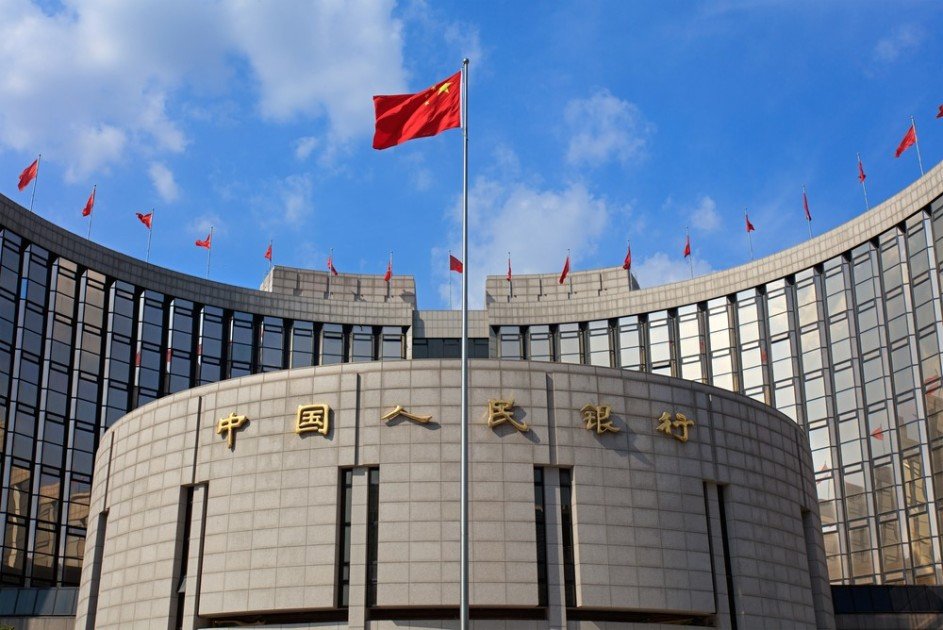China equity ETFs booked their strongest weekly gains on record after the country’s most broad-ranging stimulus since the Global Financial Crisis (GFC) last month. If Federal Reserve rate cuts precipitate the conditions for further monetary stimulus in China, investors may look to the market to play the Fed pivot.
In September, the People’s Bank of China (PBoC) cut key policy rates, released $140bn of liquidity into Chinese credit supply, all while rates on existing mortgages were slashed and the minimum downpayment for second property purchases was cut by 10 percentage points.
The market reaction to this effort to counteract China’s disinflationary economy was to send funds including the Invesco ChiNext 50 UCITS ETF (CN50) soaring 45.5% in the week to 1 October, while the KraneShares CSI China Internet UCITS ETF (KWEB) boomed 29.1% over the same period.
With the consensus view being that the recent stimulus was a step in the right direction rather than panacea, it bears considering what could facilitate another round of policy support and what this might mean for China ETFs.
A currency equation
James Athey, bond fund manager at Marlborough, said the key factor at play is the impact Fed rate cuts will have on currencies.
Given China is an export driven, current account surplus country, it could gain from a devalued yuan. However, this brings with it the risk of capital outflow and the risk of further currency devaluation.
This, Athey said, has been a key reason behind Beijing’s reluctance to allow material weakness in the yuan and in turn, this has limited the aggressiveness of monetary policy easing to-date.
“If the Fed is cutting more aggressively and that weakens the US dollar, then this allows for an easier monetary policy stance in China without the associated depreciation pressure on the yuan,” Athey told ETF Stream.
However, he added: “There is no direct read through from easier Fed policy to more aggressive or timelier Chinese fiscal stimulus, other than to say that if the US economy is weaker then this suggests additional downward pressure on the Chinese economy in the future, which would therefore raise pressure on Chinese authorities to act.”
Does this make China a rate cut play?
On whether this would mean China represents an attractive allocation to play western rate cuts, Athey remained more pensive.
“Japanification does seem to be an apt model to think about the future, but philosophically at the moment the Chinese Communist Party (CCP) are opposed to western-style aggressive monetary easing,” he continued.
In fact, while further easing appears likely, more aggressive rate cuts and quantitative easing are less probable.
“If the fiscal easing does get significantly larger then it may weigh on longer duration CGBs, pushing yields higher,” Athey said. “The most likely outcome seems to be low volatility in the bond market with the potential for a slow and grinding rally over the medium term.”
The horizon for China ETFs
While additional stimulus may catalyse another Christmas gift-wrapped bounce in China equity ETFs in the short-term, this may be little more than a ‘dead cat’ bounce until more structural reforms are implemented to convince overseas investors to return to the market on a more strategic basis.
Over-reliance on debt-funded investment has left China’s economy with “massive excess capacity”, Athey said, meaning it exhibits deflationary dynamics. These issues are exacerbated by the balance sheet recession brought about by unproductive credit growth and boom and bust in the property sector.
“Stimulus will be necessary to mitigate the downside risks but structural health can only come from structural reform.
“The CCP appears reluctant to engage in some of these necessary reforms – particularly any which might support consumption – such as a more robust social safety net which might lower the saving rate,” Athey concluded.







